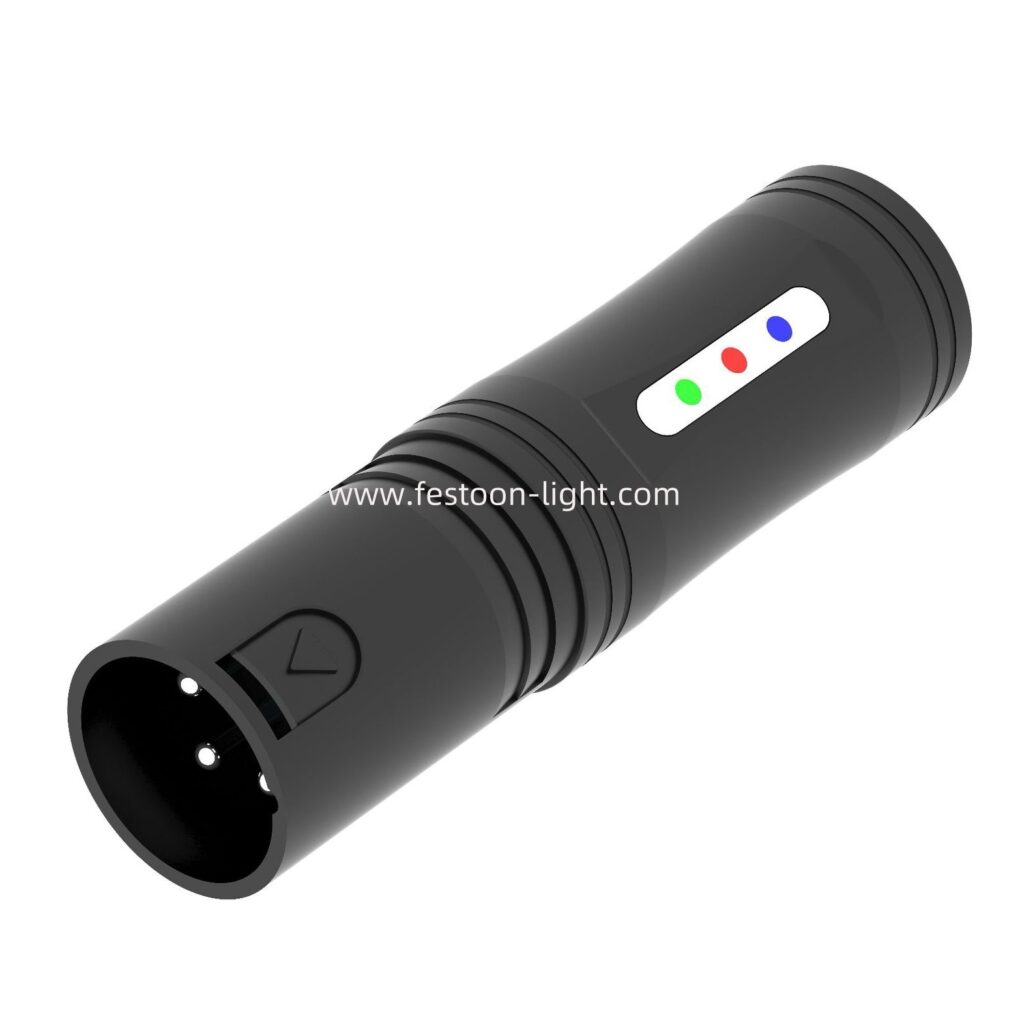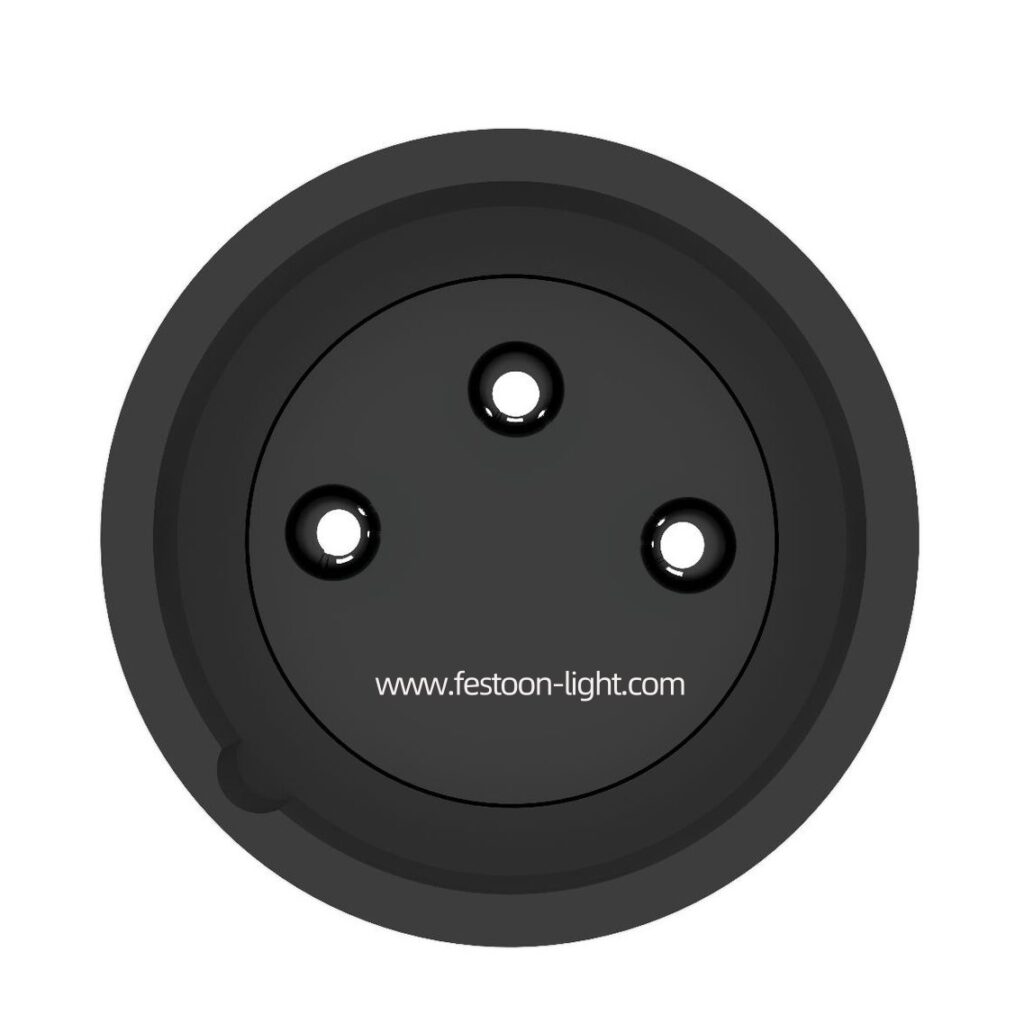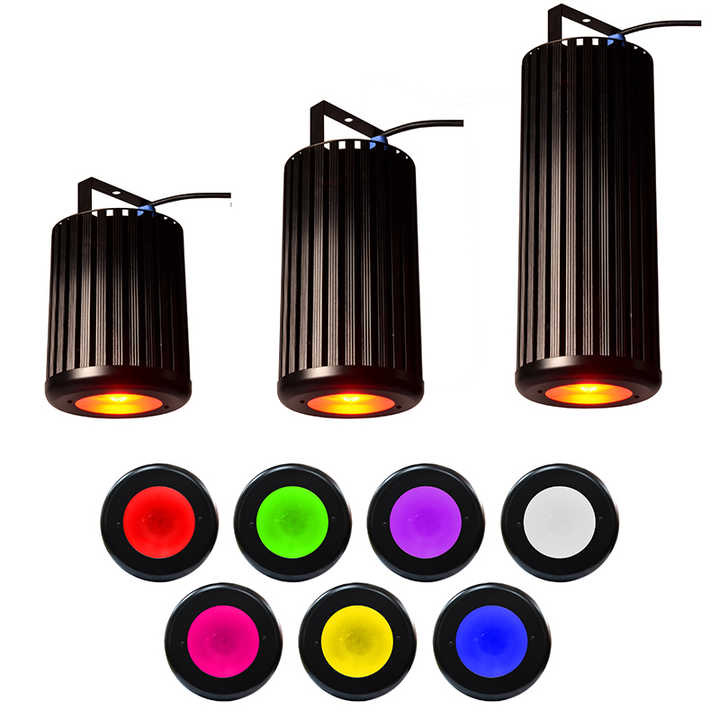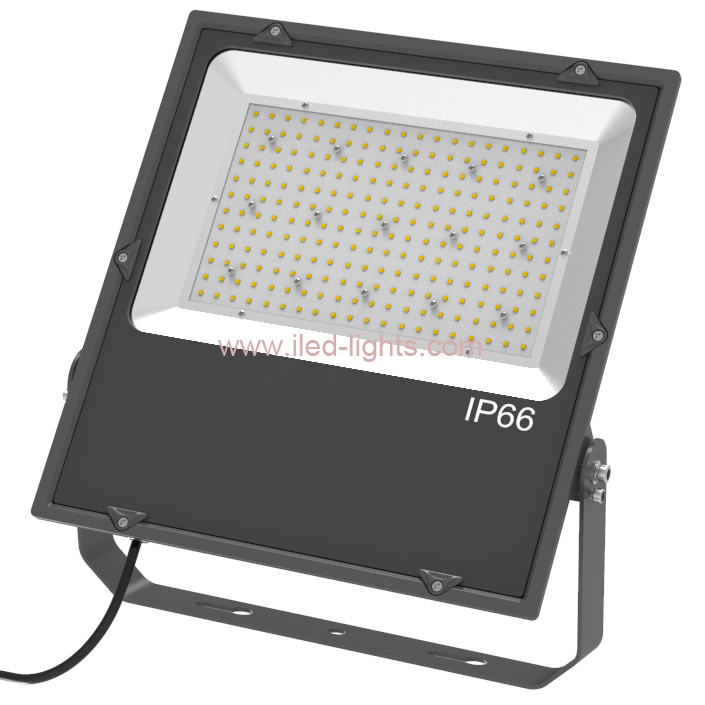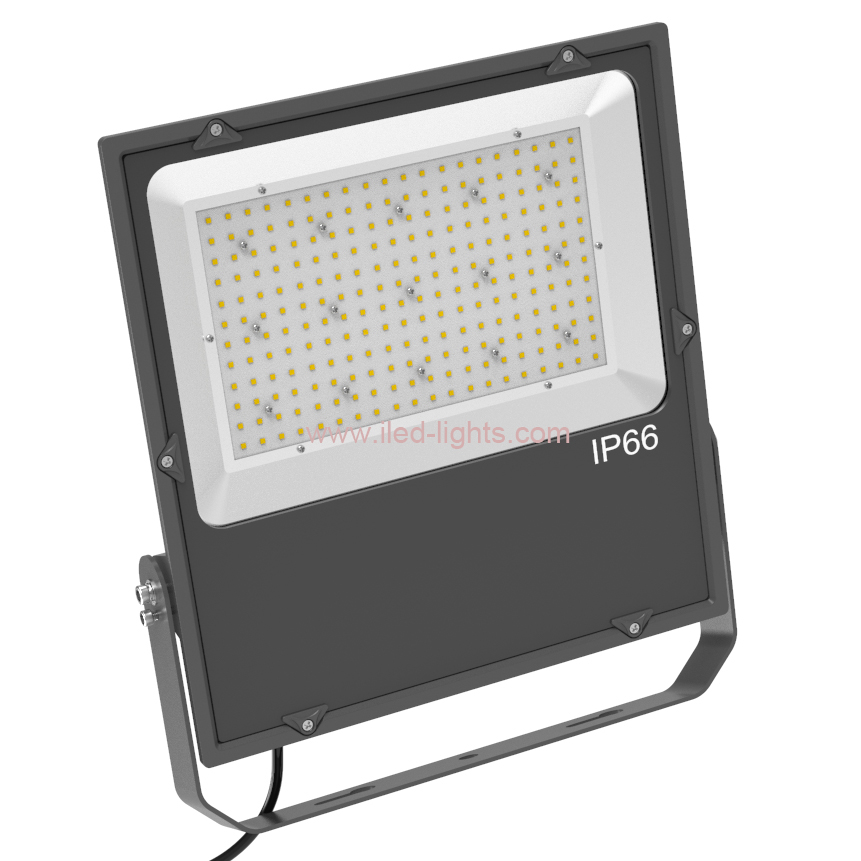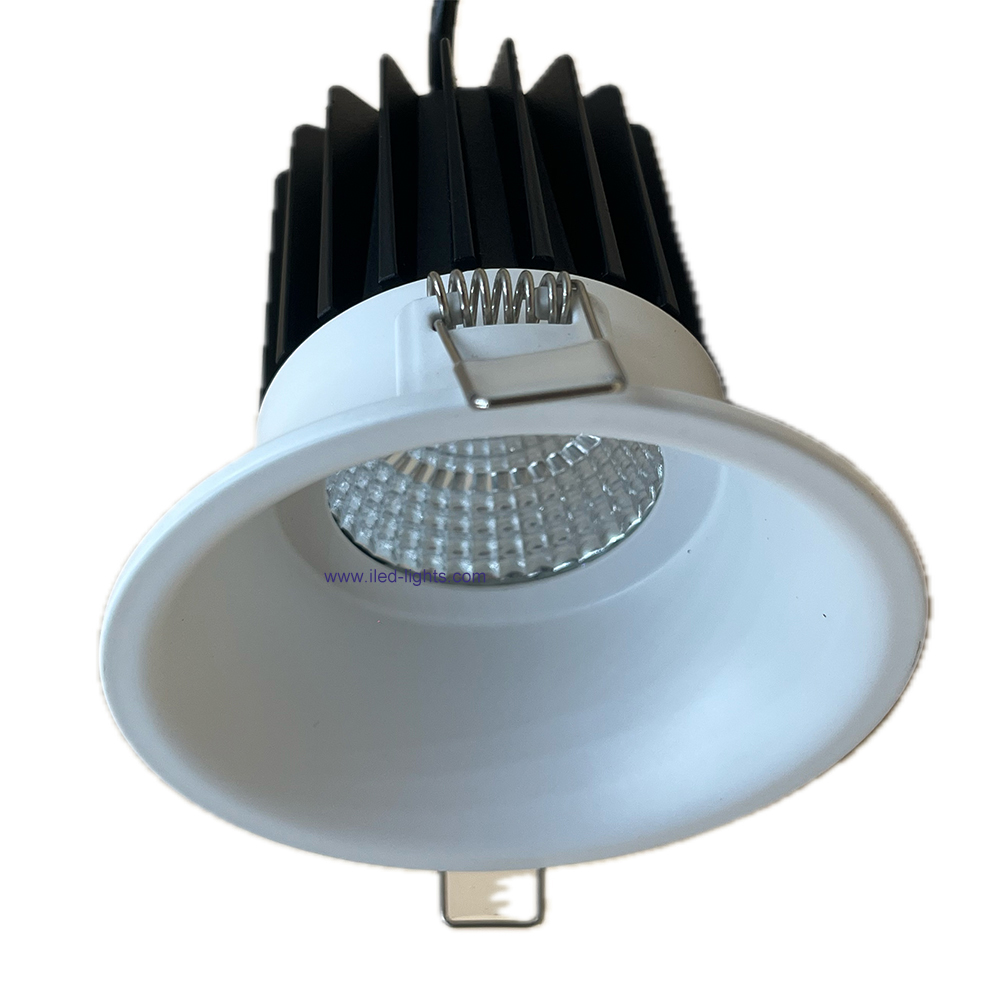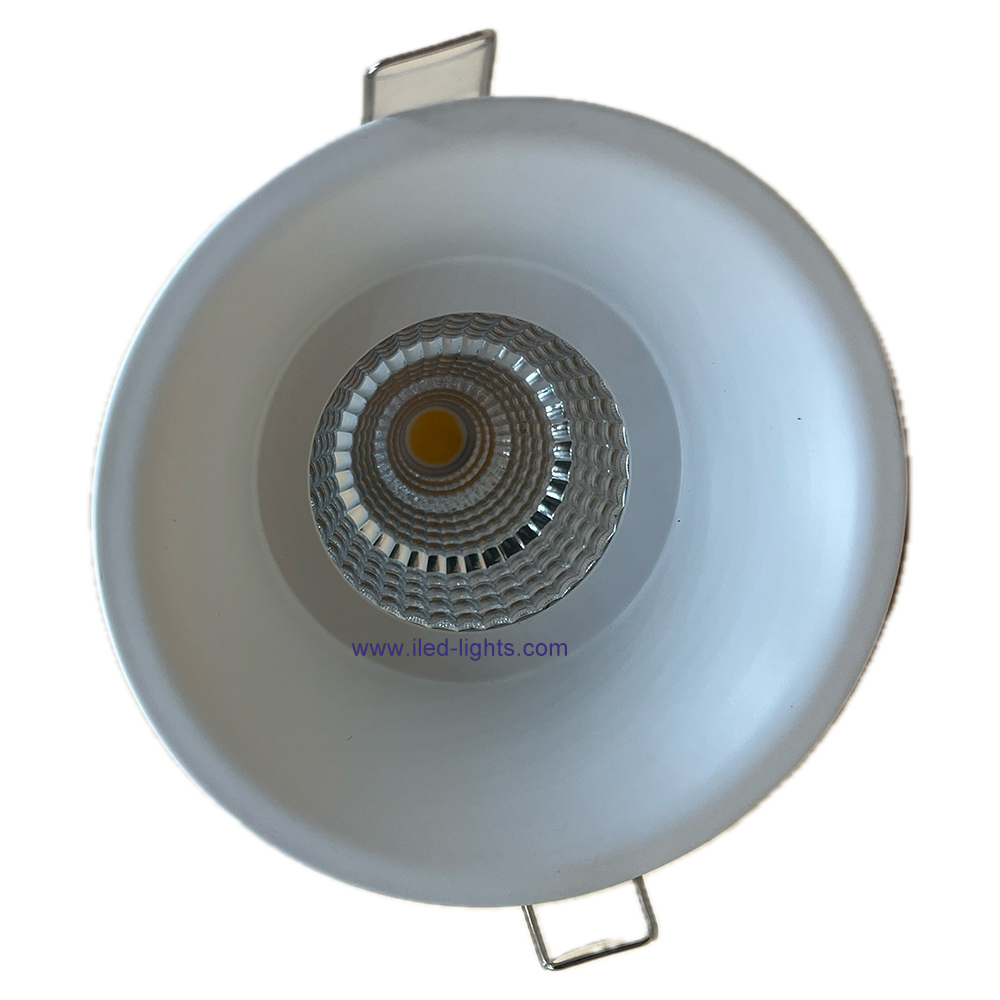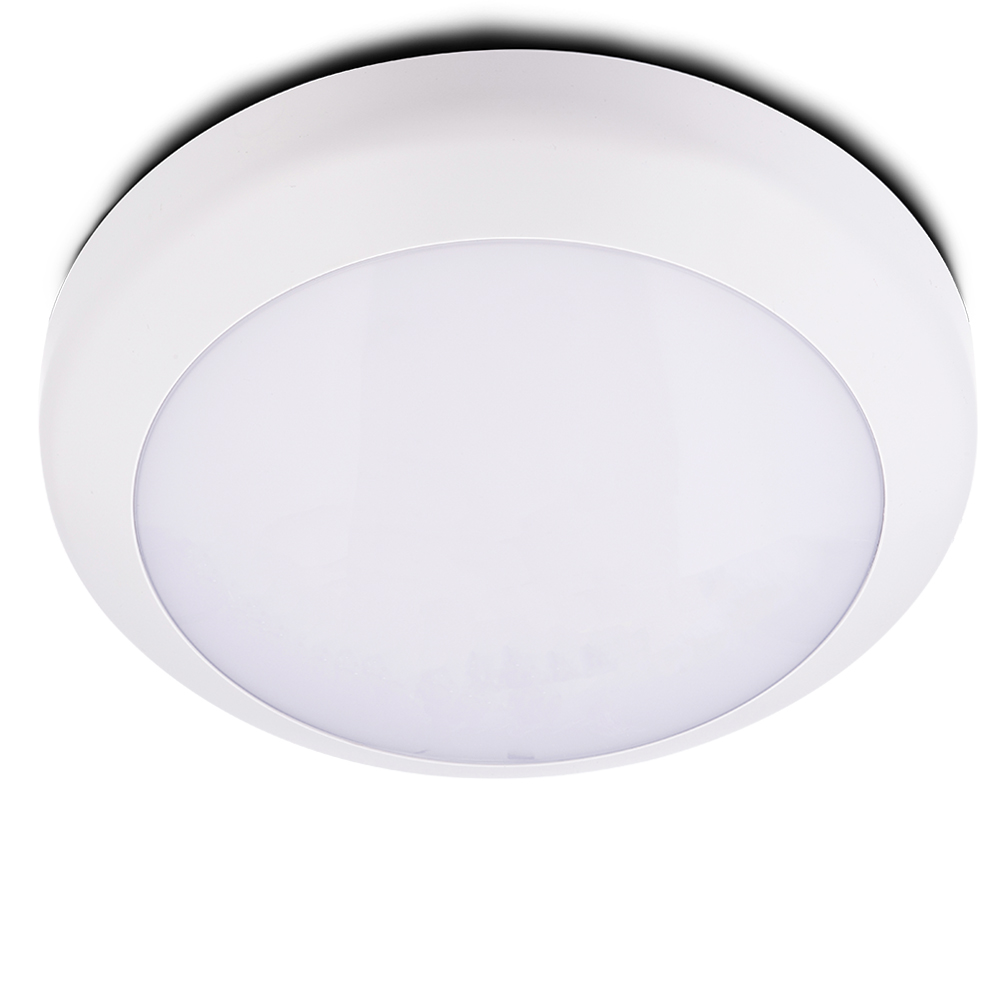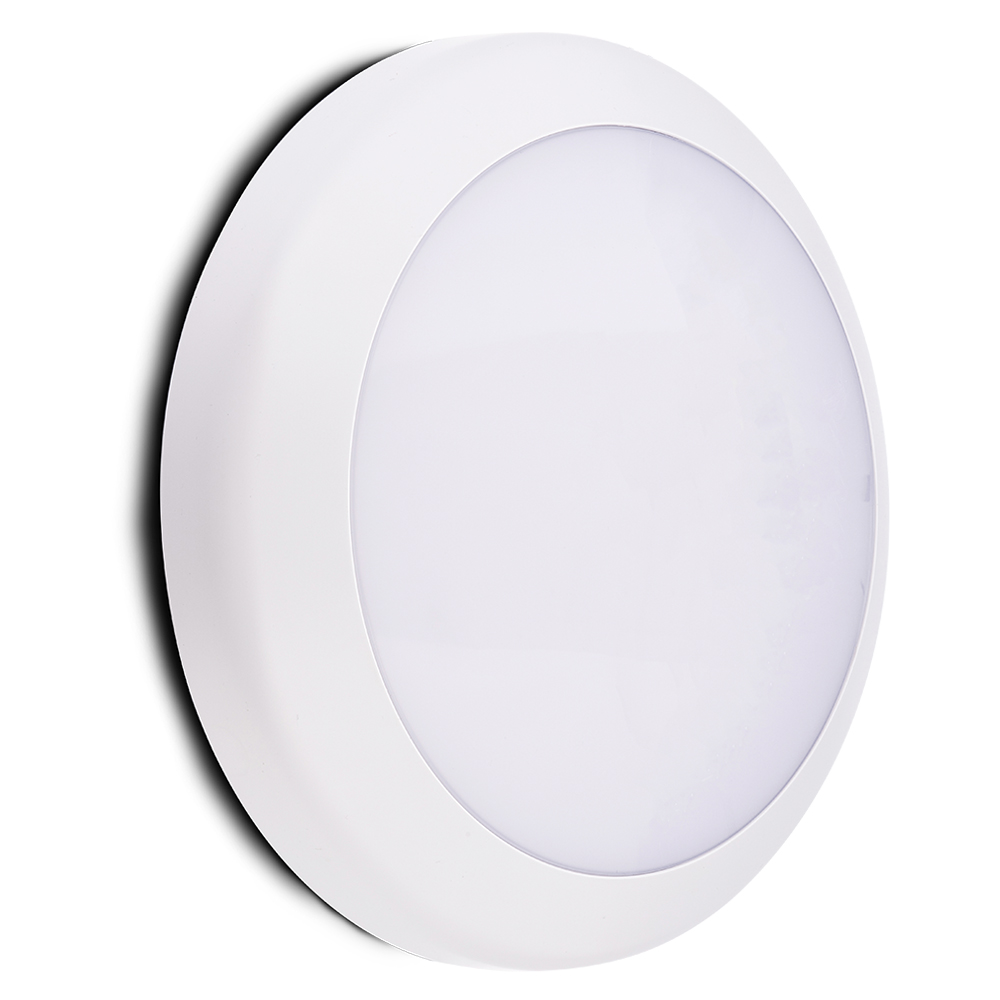White LEDs can be dimmed using two main methods: analog dimming and pulse-width modulation (PWM) dimming.
1. Analog Dimming: Analog dimming adjusts the brightness of the LED by varying the continuous current flowing through it. This method involves reducing the current to lower the brightness or increasing it to raise the brightness. Analog dimming works by adjusting the voltage across the LED or using a current-limiting resistor in series with the LED. By changing the resistance or voltage level, the current flowing through the LED is adjusted, resulting in a corresponding change in brightness. Analog dimming provides a smooth and continuous dimming effect without any visible flickering.

2. Pulse-Width Modulation (PWM) Dimming: PWM dimming is a digital dimming technique that rapidly switches the LED on and off at a high frequency. The brightness level is controlled by adjusting the ratio of the on-time (duty cycle) to the off-time. For example, a higher duty cycle (more on-time) results in a brighter output, while a lower duty cycle (more off-time) leads to a dimmer output. The switching frequency is typically very high, often in the kilohertz or megahertz range, making the on-off transitions imperceptible to the human eye. PWM dimming is commonly used in LED lighting systems because it is efficient and allows for precise control over brightness levels. However, some people may notice flickering at low dimming levels or if the PWM frequency is too low.



